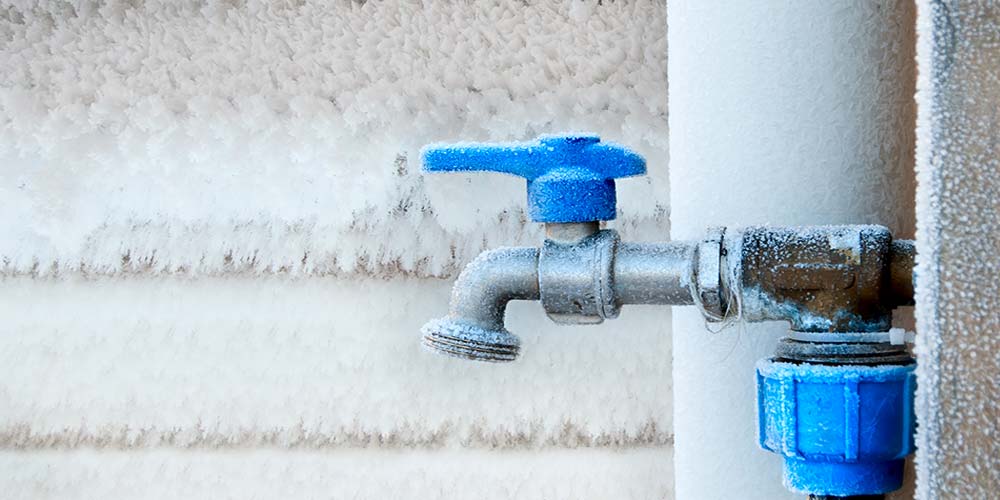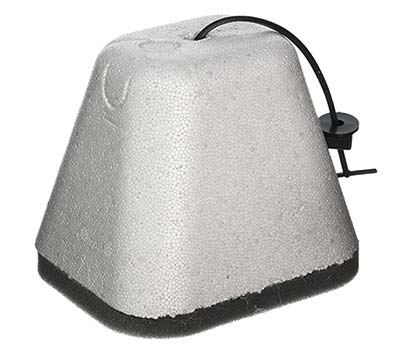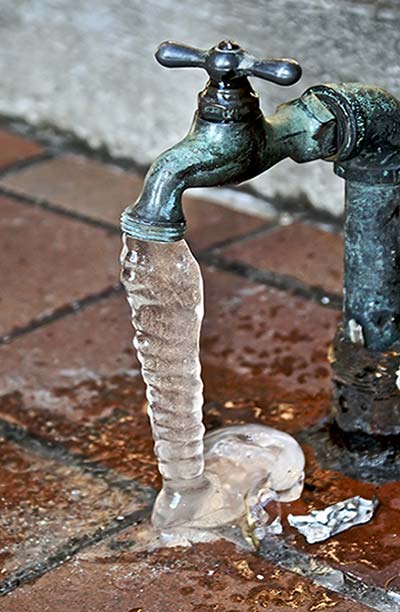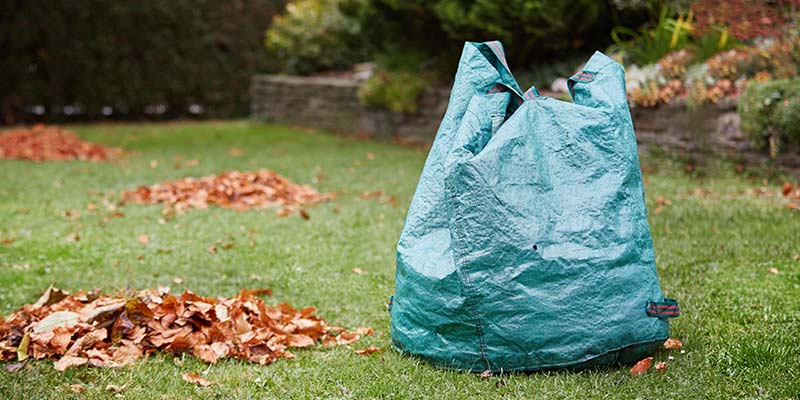For many homeowners, winter is a frigid time of year, full of extreme weather and very low temperatures. Unfortunately, the cost of heating your home using your central air can be rather expensive, especially when you think about all the empty rooms that you’re paying to keep warm, yet aren’t using. These extra energy costs can be worrisome for families on a budget or trying to lower their utility costs.
Thankfully, we may have a solution for you. By following a supplemental heating strategy in your home, you will be able to save on your overall energy costs, without sacrificing your overall comfort levels.
Infrared heaters are a great option to help you accomplish this. They are a comparatively inexpensive yet effective way to keep your home or office warm.
How Do Infrared Heaters Work?
In a nutshell, an infrared heater, or “heat lamp,” uses a process called electromagnetic radiation, in which an entity with a higher temperature transfers heat energy to an entity with a lower temperature. While the term electromagnetic radiation might sound scary or dangerous, it is perfectly safe for use when it comes to infrared heaters.
This type of heater actually projects out infrared light, which we humans lack the ability to see. Though it is invisible, things like our skin, clothes, and furniture absorb the light, and heat up.
In general, objects in the direct line of an infrared heater (infrared light projection) heat up very quickly, while surrounding objects will take slightly longer to warm up and raise the overall temperature of the area.
Remembering that infrared heat is actually light, some larger and more industrial versions of these heaters use a type of gold coating on the tube that reflects the radiation. The element Gold has exceptional oxidation resistance, and reflects approximately 95% of infrared light. This effectively doubles the amount of radiation projected outward.
Types of Infrared Heaters
Infrared heaters vary on the type of fuel or energy needed to power them. Most personal infrared heaters are electric, but propane and natural gas-powered are fairly common as well. All of these heaters are extremely efficient, and project nearly 100% of the heat they generate.
Material
This type of heater also varies when it comes to the material used in their construction. Larger infrared heaters are usually metal or ceramic, and are used mostly for commercial or industrial purposes.
Personal-sized infrared heaters can be metal, ceramic, or made of different types of composite plastics that have the ability to withstand high temperatures. Many personal heaters are made with a combination of these materials, with metal being the most common as the reflectivity of the material may help intensify the heat.
Aesthetics & Decor
As far as aesthetics are concerned, rest assured that infrared heaters have made great strides to fit into various styles of interior décor. Recently, many personal versions have been made to look very stylish and complement their surroundings.
Filament
Still, another way to classify different types of infrared heaters is the material used for the filament. The most effective and most common filament material used for the electric-style heaters is tungsten.
Tungsten has the highest melting point of any metal, which means it can stay strong and withstand extremely hot temperatures.
Alternative filament materials used for lower-temperatures include various alloys of iron, carbon aluminum and chromium. Carbon filament in particular is becoming more popular among personal infrared heaters due to its ability to heat up very quickly.
What Are the Benefits of Infrared Heaters?
Making the decision to use an infrared heater comes with several advantages over central heating, as well as other types of space heaters.
- Fast, safe, directed heating.
- Silent: They just radiate light.
- No reduction in oxygen or humidity levels, which can dry out skin and sinuses.
- Infrared heat promotes healthy blood circulation.
- No UV radiation.
- No pollutants or toxic by-products.
- No long fuel lines, open flames or carbon-type combustion.
- Extremely efficient and inexpensive to operate: Almost 100% of the heat created is transferred.
- Very little maintenance – No moving parts, no motor to wear down, no air filters or lubrication required.
Are Infrared Heaters Safe?
Although infrared heating is considered to be safe among consumers and professionals alike, they still emit heat and can be extremely hot at very close ranges. This means caution should always be exercised if the heater is operating around children or pets.
Much like any other type of heater, proper safety precautions should always be followed when operating. This would include avoid leaving your heater on when you go to bed or leave the room for an extended period of time.
It’s also worth noting that this type of heat can be started and stopped very quickly, as it is literally switching a light on and off. This may be considered to be a safety feature for some homeowners.
Lastly, remember that infrared heating is largely directional and focused. A rise in ambient temperature within a living area may take some time to occur, due to surrounding objects absorbing the light and heating up.
Why You Should Consider Using One
When it comes to using a personal heater to keep you and your family warm, you have many choices to choose from. And for the most part, they will all work great at achieving its purpose. Infrared heaters are a great choice because they require very little maintenance and are extremely quiet.
The heat they produce is gentle, cost-effective and very energy-efficient. You are guaranteed to stay warm and save money with this type of heater.



